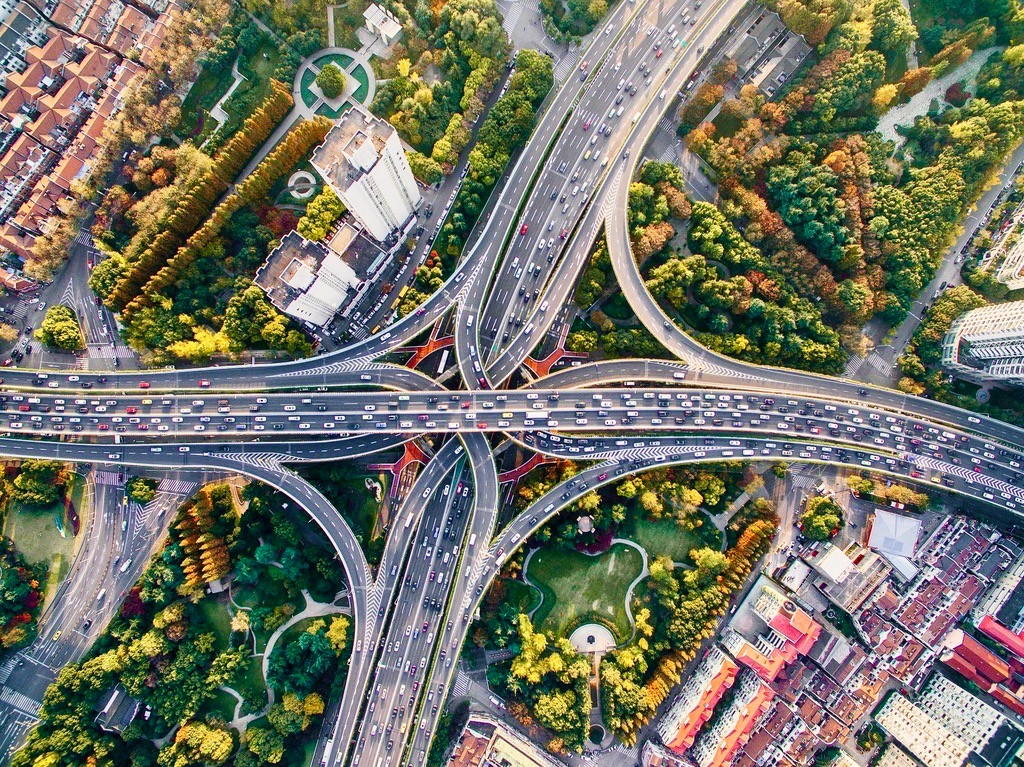Abundant workforce and expansion of domestic demand
Bangladesh has an estimated population of approximately 170 million, making it the 8th most populous country in the world. This large population not only forms the foundation of the workforce supply but also contributes to the ongoing expansion of the consumer market. The average age in Bangladesh is around 27.6 years, indicating a high proportion of the young population. This demographic profile suggests a significant potential as a source of labor supply, hinting at substantial possibilities for future economic growth.
The United Nations predicts that Bangladesh’s demographic dividend will peak around 2045. This demographic trend is expected to continue driving sustained domestic demand in the economy. The abundance of the workforce in the Bangladesh market, coupled with increasing consumption and tax revenues, signifies a light burden on social welfare aspects such as education, healthcare, and pensions. Moreover, there are expectations of a rise in savings rates and increased investment activity.
By 2050, it is anticipated that Bangladesh’s economy will rise to the 16th position globally, with projections suggesting it will dominate as the largest economy in Southeast Asia. This trajectory points to a future where Bangladesh plays a significant role in the global economic landscape.
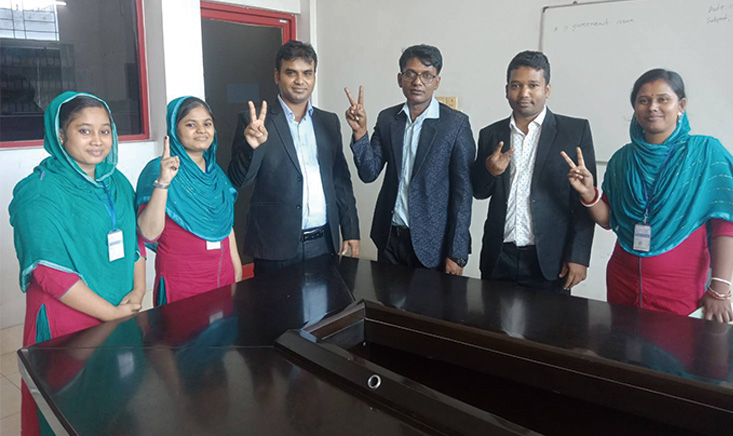
Rapid and stable economic growth
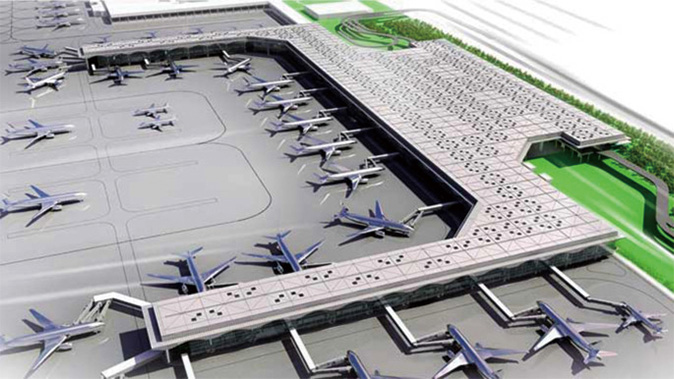
Bangladesh has maintained a consistently high economic growth rate for over the past 20 years. The current nominal GDP stands at $357.1 billion (2022, World Bank), with an economic growth rate of 5.01% (2022, World Bank). Since the 2000s, the country has achieved an average annual growth rate ranging from approximately 6% to 7%. This has garnered attention, positioning Bangladesh as one of the fastest-growing economies in the world.
A proactive government policy to attract Japanese companies
The government of Bangladesh has implemented various policy measures to enhance the investment environment, attract Japanese companies, and promote foreign direct investment (FDI). These measures include improvements in legal frameworks, regulatory relaxations, establishment of Special Economic Zones (SEZs), preferential tax treatments, and infrastructure development such as transportation and power supply. Additionally, there is a focus on strengthening education and training programs, as well as investing in human resource development.
As the 51st anniversary of diplomatic relations approaches, there is a heightened emphasis on further strengthening economic ties. During Prime Minister Sheikh Hasina’s visit to Japan in May 2023, commitments were made to address unresolved investment-related issues and to further improve the investment environment, with the aim of encouraging more foreign direct investment from Japan into Bangladesh.
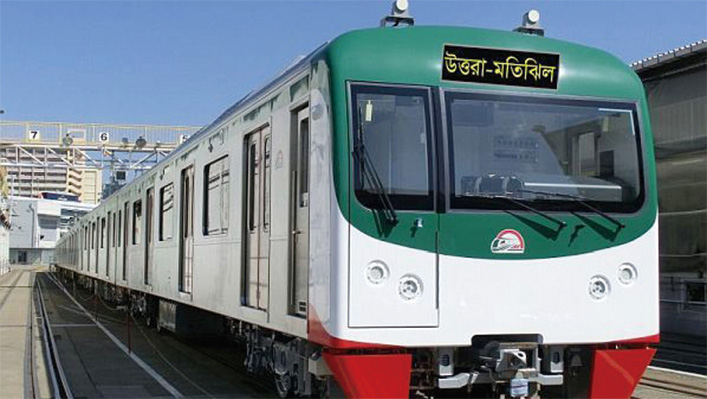
Pro-Japanese sentiment
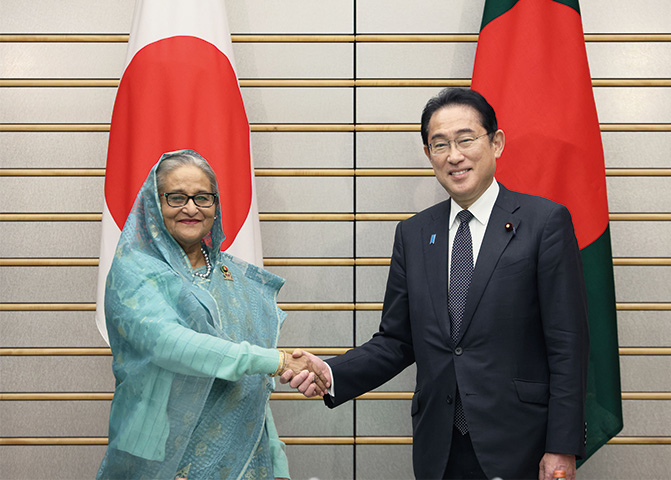
The sentiment of the people of Bangladesh towards the Japanese can be described as “extremely pro-Japanese.” As a nation, Bangladesh is considered one of the “pro-Japanese countries.” This sentiment has historical roots, such as when the national flag of Bangladesh was designed, and it is said that “the founding father took inspiration from Japan’s national flag, the rising sun” (as referenced in Wikipedia). Additionally, during the time of the country’s independence, when many developed Western nations did not immediately recognize Bangladesh’s independence, Japan was one of the first advanced nations to acknowledge it.
Furthermore, Japan, particularly through organizations like JICA (Japan International Cooperation Agency), has provided continuous economic support for over 40 years. This sustained assistance has consistently made Japan the largest contributor in terms of aid worldwide. These factors contribute to the enduring pro-Japanese sentiment in Bangladesh.

